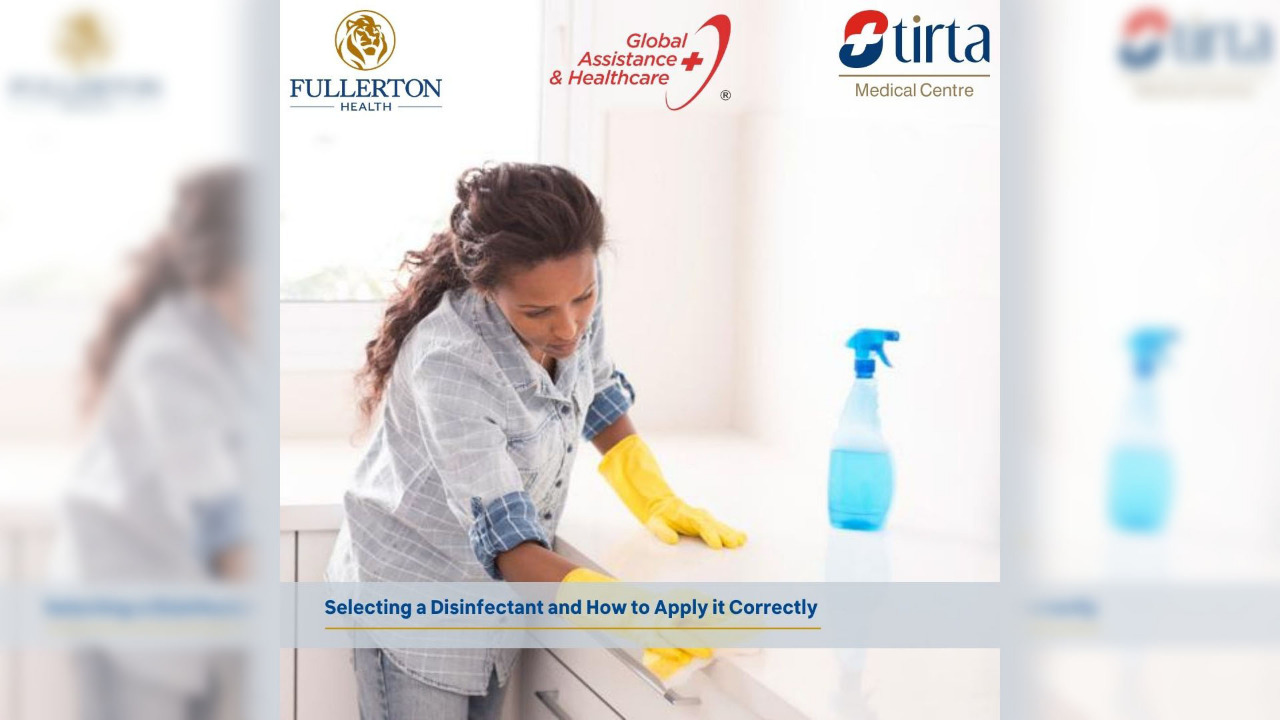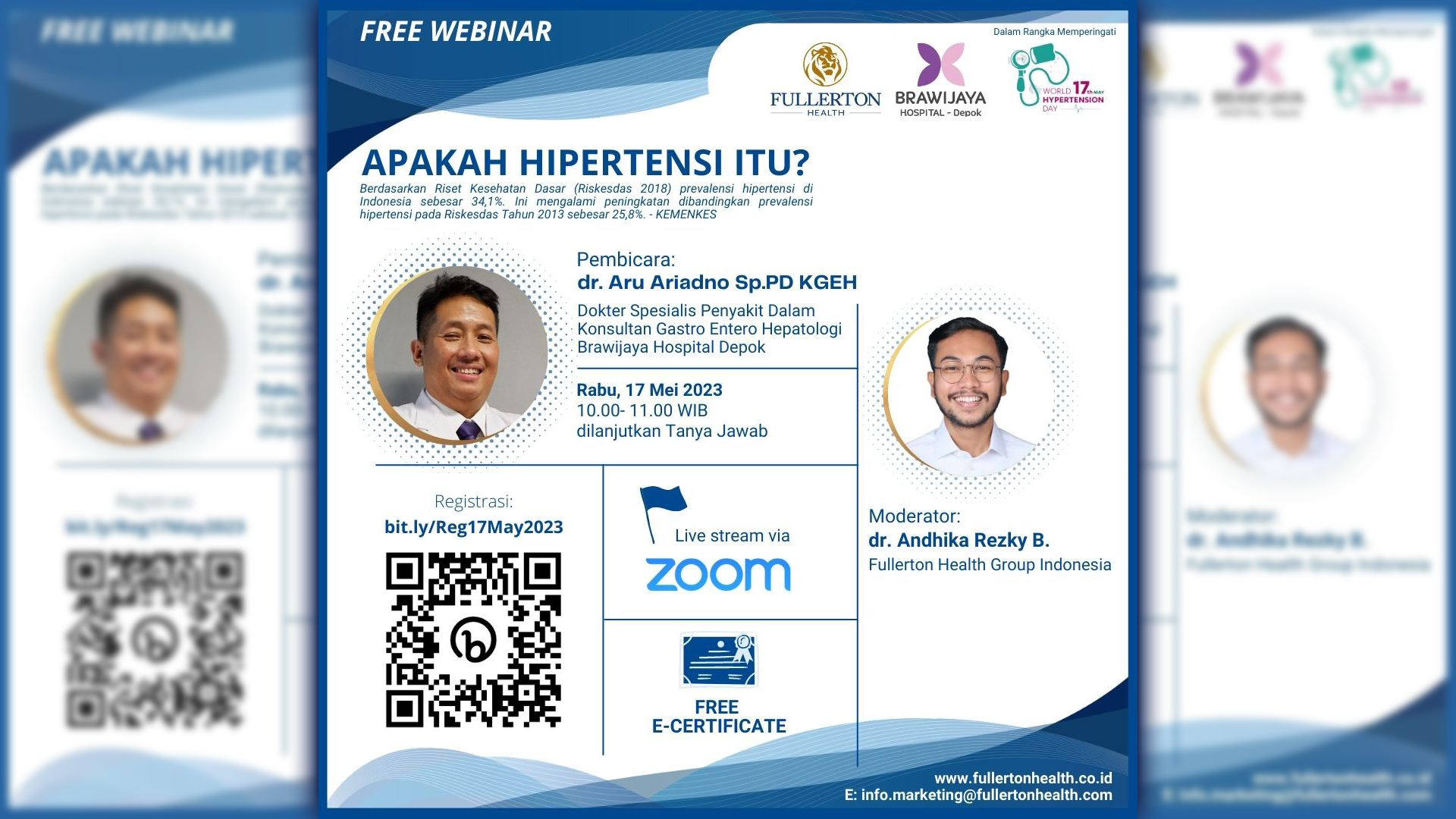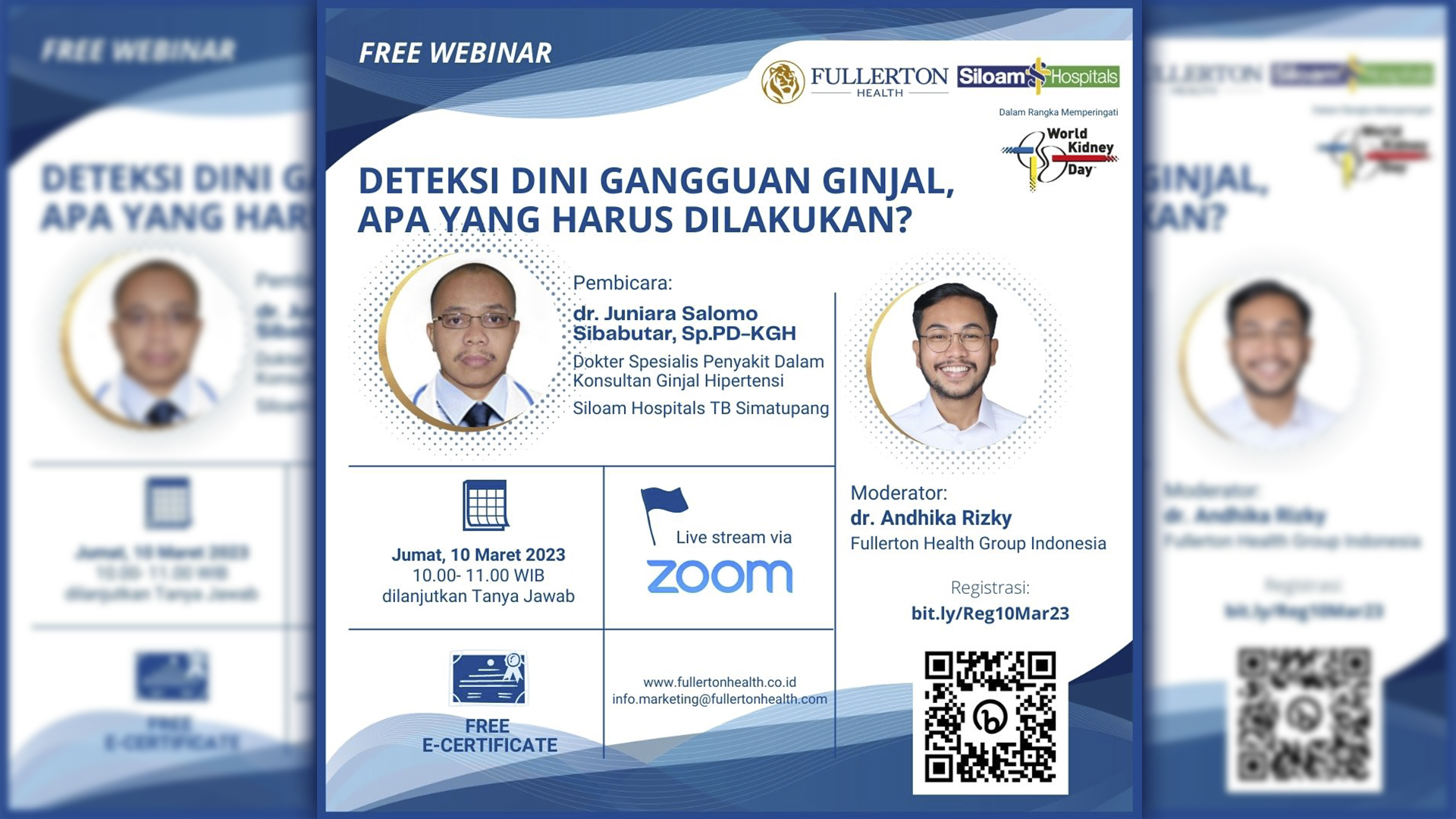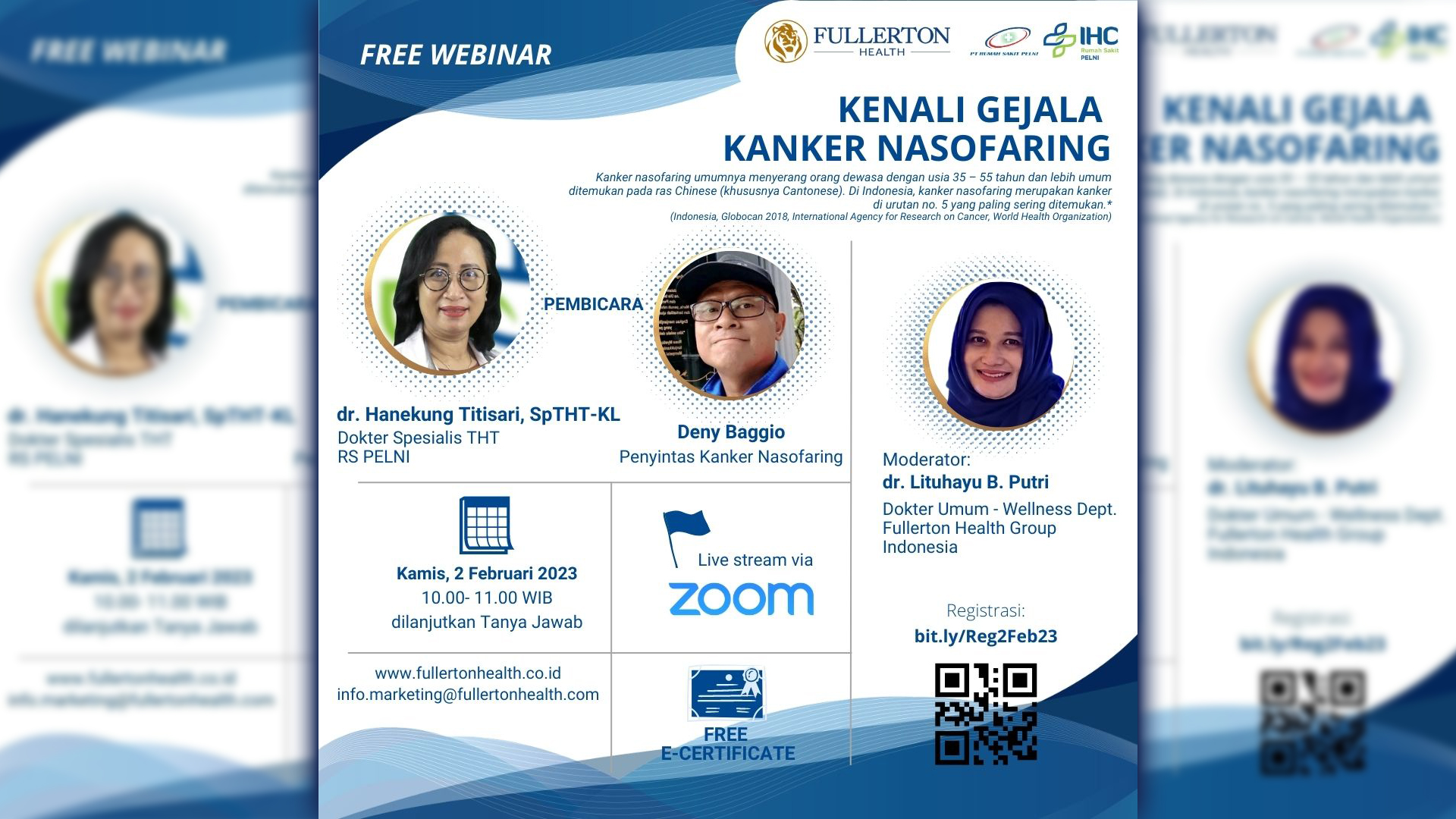To prevent the spread of COVID-19 due to droplets attached to the surface, it is necessary to disinfect the environment both in public areas, public transportation, markets, restaurants, schools, and places of worship.
The procedure for spraying disinfectant fluid alongside standard recommendations to prevent the spread of COVID-19 infections includes washing hands regularly, covering the mouth and nose when coughing and sneezing, cooking meat and eggs thoroughly, and avoiding close contact with anyone who shows symptoms of the disease breathing like coughing and sneezing,
Now, which areas are the priority areas for disinfection in non-health service areas?
1. Door handles
2. Window
3. Surface of the table
4. Food preparation place
5. Water tap
6. Work area
7. Cellular telephone
What types of disinfectants are effective, and how are they applied?
1. In non-medical areas, sodium hypochlorite (bleach / chlorine) can be used at concentrations of 0.1% or 1,000 ppm in a ratio of 1 part disinfectant to 49 parts water (1:49). Alcohol 70-90% is also effective as a disinfectant liquid.
2. The area must be clean of visible dirt before spraying disinfectant liquid.
3. Start from the cleanest area to the dirtiest area.
4. Disinfectant liquid should be stored in a container that is not transparent, in a room with good air circulation and not directly exposed to sunlight.
5. In a closed room with poor air circulation, routine application of daily disinfection by spraying is not recommended. We recommend using a cloth that has been soaked or given a disinfectant solution for routine disinfection.
What things should be considered when disinfection?
1. Concentration of disinfectant must be considered to avoid damage to objects and avoid or minimize the toxic effects on surrounding people.
2. Avoid mixing disinfectants, such as bleach and ammonia, because the mixture can cause respiratory irritation and even potentially cause gas compounds that can be fatal.
3. Keep your distance from children, pets or other people when disinfection until the object is dry and odorless.
4. Open the door / window and use the fan to create good air circulation. Immediately stay away if the disinfectant smell is too strong.
5. Wash hands immediately after disinfection.
6. Do not reuse masks and dirty gloves that have been used when disinfected.
7. The minimum PPE recommendations used when disinfection are masks, rubber gloves, waterproof aprons and closed shoes. Glasses can be used to avoid liquid contamination or risk of splashing disinfected fluids.
When the above cannot be done, routine hand washing and always remember to avoid touching the face, is the main prevention method in reducing the risk of virus contamination.
SOURCE:
WHO. 2020. Considerations for the cleaning and disinfection of environmental surfaces in the context of COVID-19 in non-health care settings. Available at: https://www.who.int/news-room/qa-detail/qa-considerations-for-the-cleaning-and-disinfection-of-environmental-surfaces-in-the-context-of-covid-19-in-non-health-care-settings





